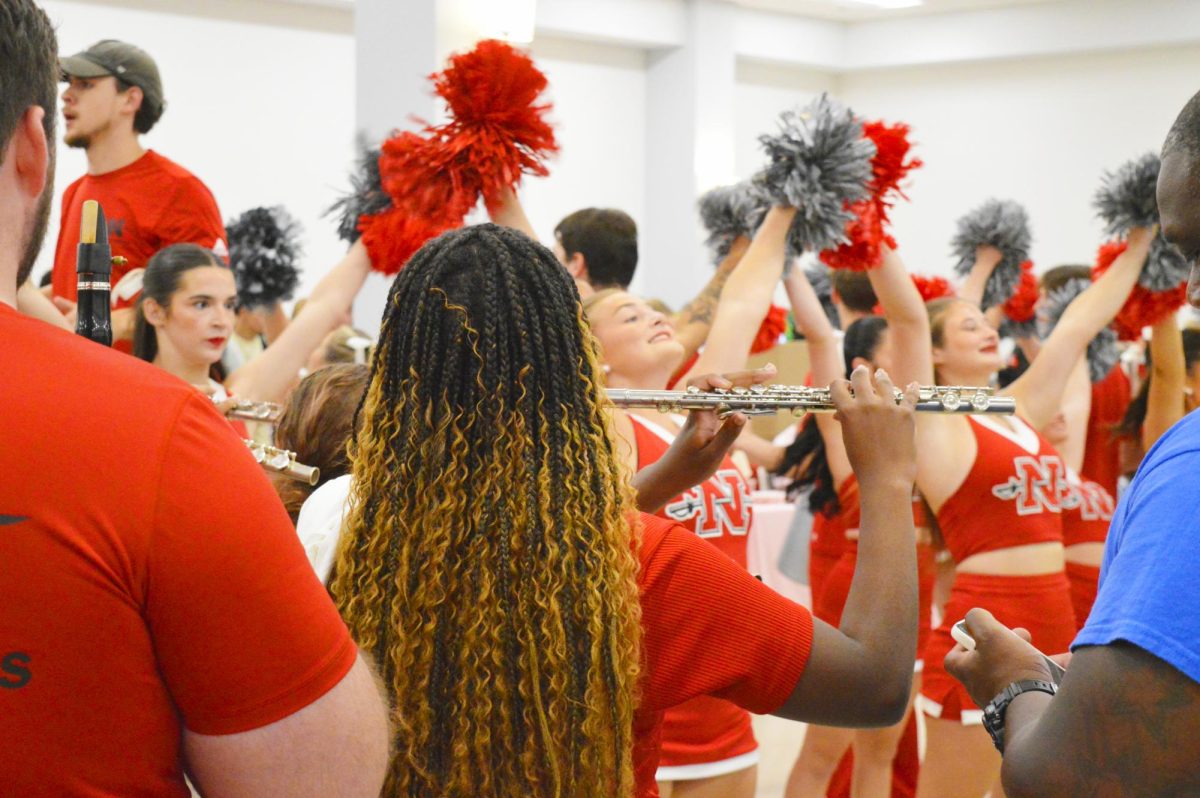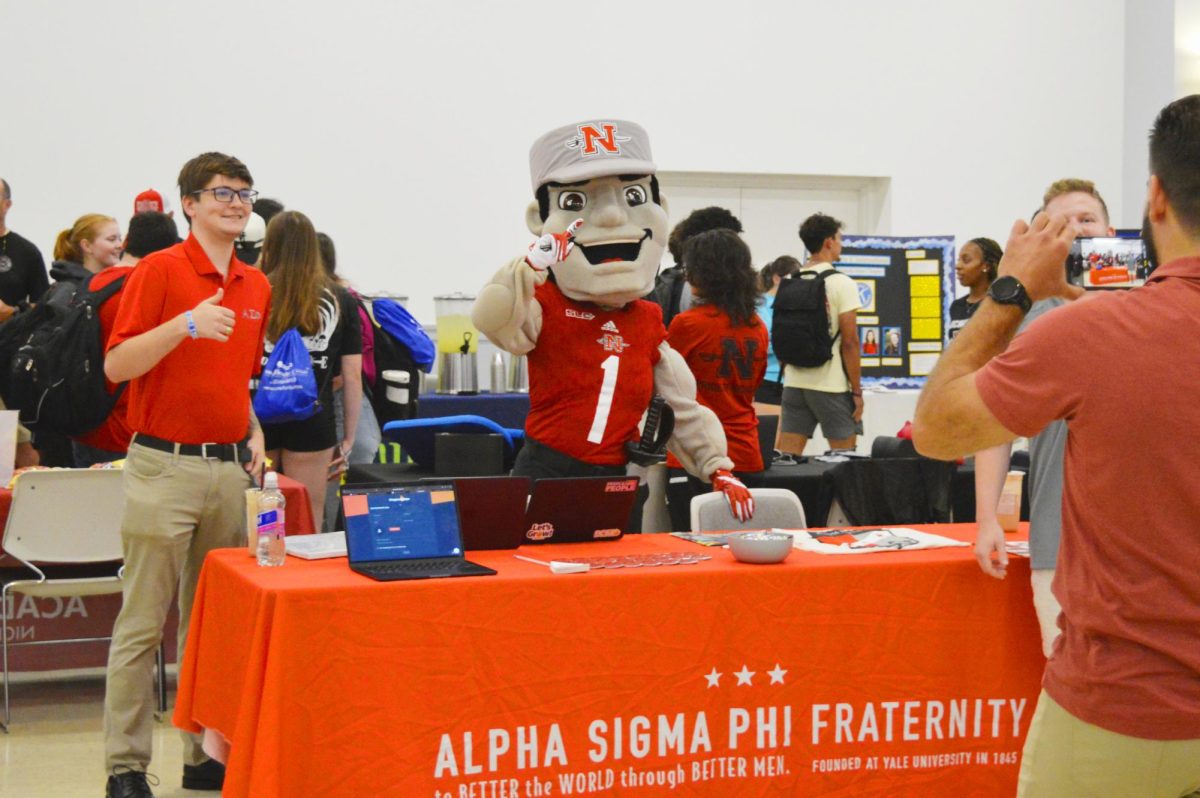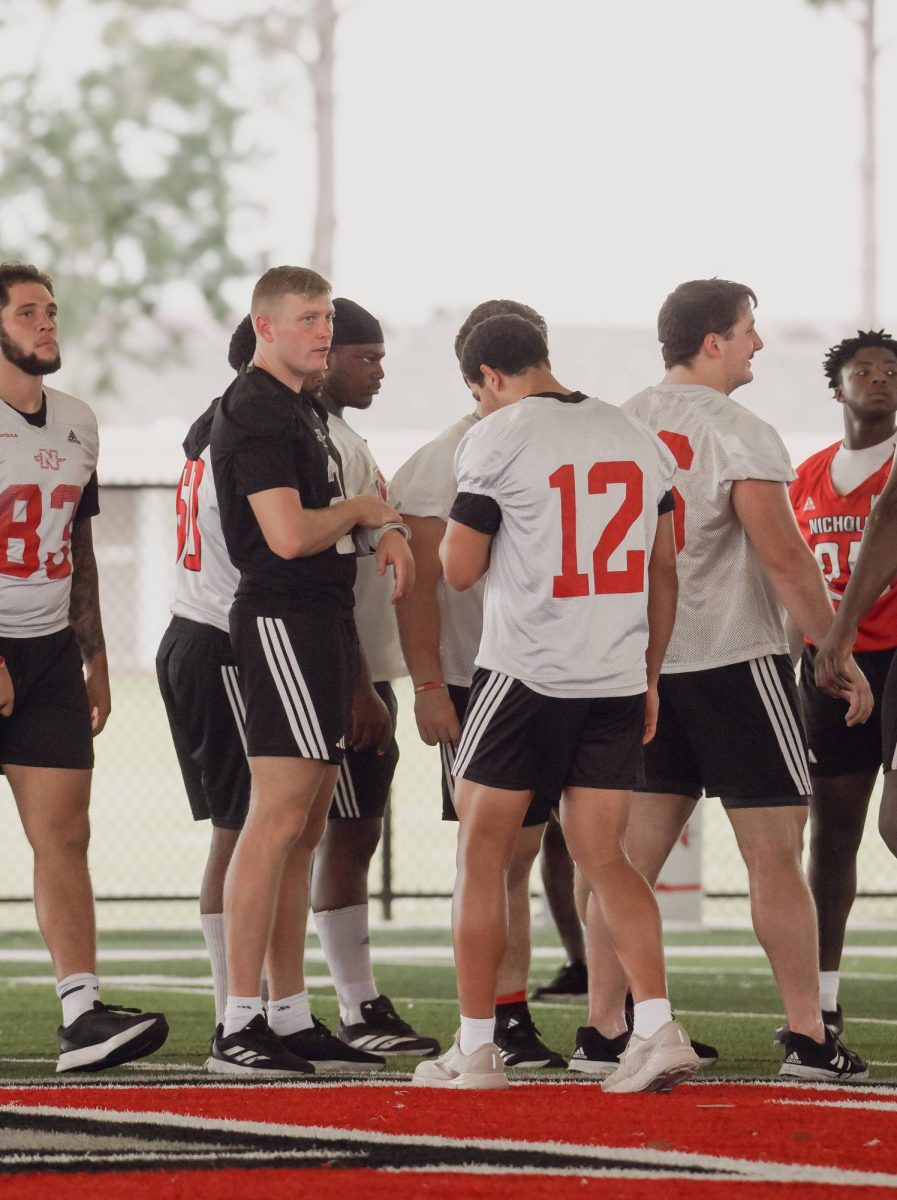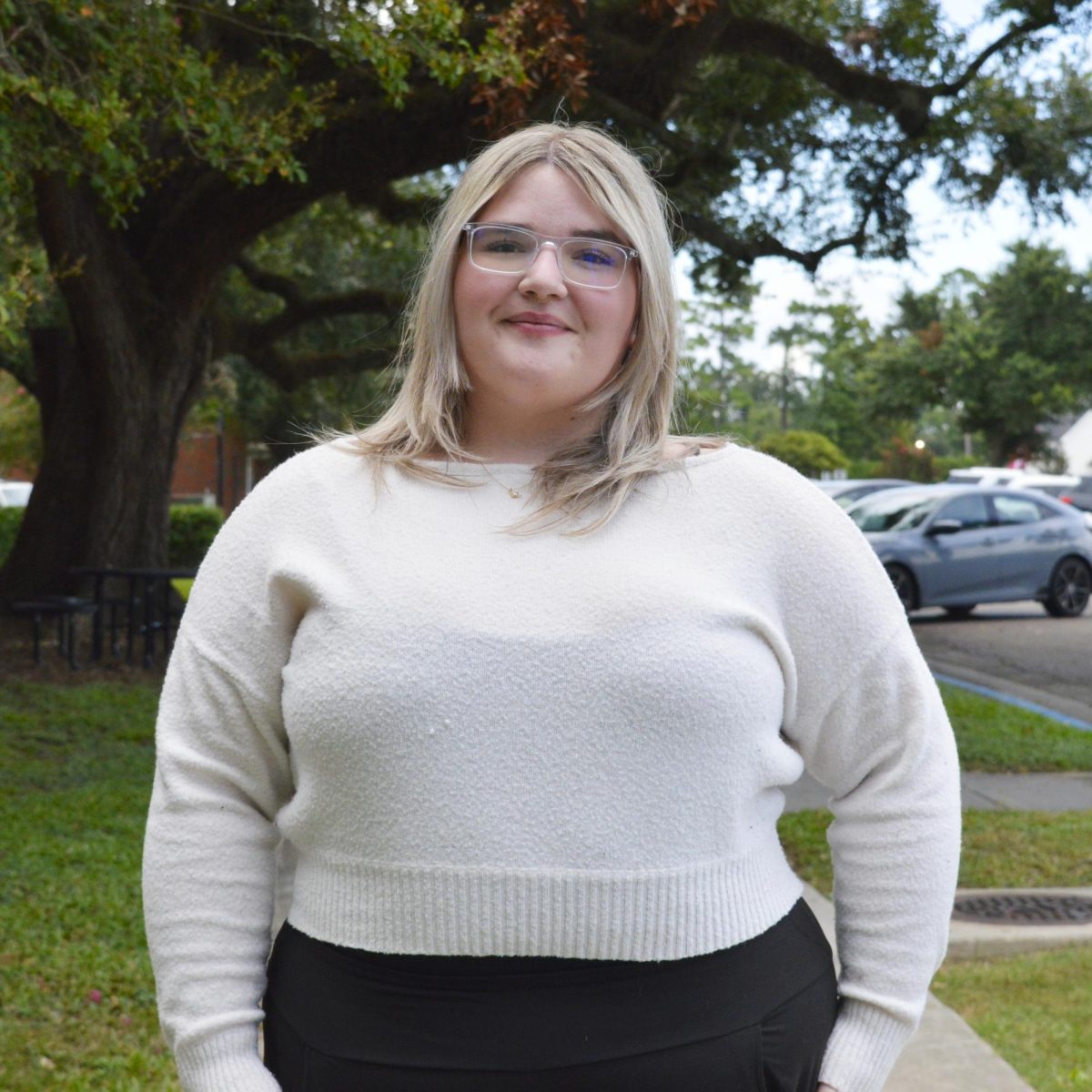A recent study indicates college students are paying a rapidly increasing amount for textbooks and that most publishers are doing nothing to keep the cost down.The four-month report titled “Rip-off 101: How the Current Practices of the Publishing Industry Drive up the Cost of College Textbooks” was conducted by students from the California Student Public Interest Research Group in conjunction with the Oregon Student Public Interest Research Group.
The groups compiled a list of the most commonly used textbooks at colleges and universities in Oregon and California and surveyed the faculty who use those books. The survey found that most publishers inflate the price of books by adding supplements, such as workbooks or CD-ROMs. According to the survey, 65 percent of professors “rarely or never” use any of the supplemental items that come with the textbooks they order.
The survey also found that publishers release new editions more often than necessary, forcing students to purchase the more expensive editions rather than cheaper used editions.
“I feel that has to do with cutting out the used book market,” Angelle Caillouet, manager of the University Bookstore, said. “Then a book does not have enough lifetime to be around to be available as a used book because a new edition’s coming out.”
James Barnidge, associate professor of history and social sciences, said the publishers often cut out text to add new, glossy pictures in these new editions.
“Sometimes they (publishers) just cosmetically change the chapters,” Barnidge, said. He added that these new editions could become a financial burden on students.
Jayson Lee, government junior from Alexandria, said, “A 100 page book should not cost more than half my paycheck.”
Caillouet said there are many things that affect the increases in the cost of textbooks. One instance she can remember in her 22 years of employment with the bookstore was the national paper shortage, which caused the price of books to escalate.
Caillouet also points out that the material used to produce the books, such as stitching and glue, helps to increase the price of books.
Although Barnes and Noble lease the Nicholls bookstore, they are not the ones responsible for pricing the books. According to Caillouet, the prices are a company standard across the board, and usually the publisher sets the price.
Most of the money a student spends on a textbook goes to the publisher. The next two portions go to the author of the textbook and the freight company who ships the textbooks.
Nicholls only gets a small portion of the money, which is used for academic programs, student activities, etc. Caillouet said, “For example, if a student purchases a new $50 textbook, only nine percent or $4.50 would go to Nicholls.”
The last portion goes to the bookstore for employee salaries and benefits and the expenses of running the store.
Books stocked in the bookstore are chosen by Nicholls’ professors. “They know what they have to adhere to for SACS accreditation (Southern Association of Colleges and Schools) and everything else; so, they make those decisions,” Calliouet said. Professors give the orders to the bookstore, and the bookstore handles the rest.
One publishing company that is trying to keep the cost of textbooks down is Thomson Learning. The company announced in February that they would offer a new line of textbooks called the “Advantage Series.”
The new line of reduced-cost books will cut 25 percent off the prices. The new series will offer fewer photographs and illustrations and fewer colors. Some versions will even be offered in loose-leaf binders.
The company has been developing the Advantage Series for over a year and presently offers textbooks from the line.
Some students find other ways to save money on textbooks. Many students rent their textbooks from TRI rental on Goode St. in Thibodaux. The rental books are rented for half the price of the cost of a new book.
The only downfall to this is that students cannot write or highlight notes in the books. The student also does not have the option of selling the book back for a percentage of the cost they paid.
However, students who purchase their books from the bookstore on campus have the option of selling their books back to the bookstore. “If the book is being used next semester, if the store needs it and if it is in good condition, you (students) will get 50 percent of what you paid for,” Caillouet said.








